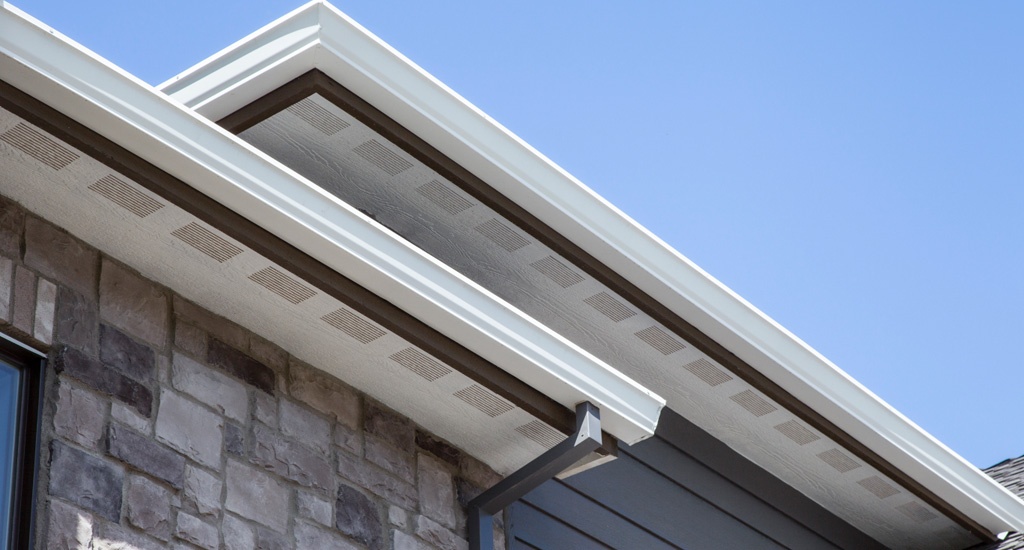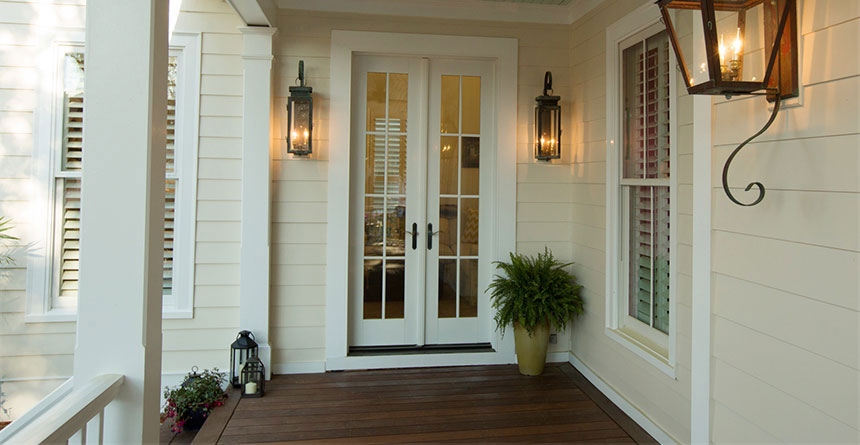Choosing the right siding colors for your house can be a fun but also a challenging task. The right color combination can enhance your home’s overall appearance and curb appeal. Choosing the right color for your home’s siding is an important decision, that reflects your style, while also taking into consideration your neighbors and neighborhood.
Consider Complementing the Architecture:
Take into account the architectural style of your home. Traditional styles might work well with classic, neutral colors, while modern homes may benefit from bold and contrasting choices. Investigating and examining siding choices that enhance various architectural styles will present you with a variety of options. For example, if your home follows a Southwestern aesthetic, you may want to contemplate cozy earth tones to enhance the style’s rustic allure.
Think About the Environment, Landscape and Surroundings:
The natural surroundings and climate can influence your color choice. Take into account the natural elements around your home, including trees, plants, and vegetation. If your property is enveloped by abundant greenery, opting for earthy and neutral tones could be a fitting choice.
The decision of whether to harmonize or juxtapose your siding color with the surroundings relies on your preferred aesthetic. Coordinating colors can produce a tranquil appearance, whereas contrasting colors can make a striking statement and bring attention to your home.
Neighborhood Aesthetics:
Take into account your style and the desired overall atmosphere. If you lean towards a contemporary and minimalistic aesthetic, consider choosing monochromatic color schemes or subtle neutrals. Conversely, if you appreciate lively and dynamic environments, feel free to experiment with bold and attention-grabbing colors to make a distinctive impact. Pay attention also to the colors used by neighboring houses. While you don’t have to match exactly, choosing colors that harmonize with the surrounding homes can contribute to a cohesive neighborhood appearance.
Consider Your Personality:
Think about your preferences and personal style. Do you like bold and vibrant colors, or do you prefer more subdued tones? Your home’s exterior should reflect your personality. Remember that personal preference plays a significant role, so trust your instincts and choose colors that make you feel happy and satisfied with the overall appearance of your home.
Coordinate Colors and Style with your Exterior Features:
Harmonizing the color of your siding with the front door, trim, and accent colors can result in a unified and visually pleasing exterior. An effectively coordinated color scheme has the power to bring all the components together, elevating the overall visual appeal.
When deciding on the siding color, take into account the colors of your front door, window trims, shutters, and other accents. You have the option to select complementary colors for a cohesive appearance or go for contrasting colors to make a bold statement.
Choose a main color for the siding and then select complementary colors for trim, accents, and other architectural details. Having a cohesive color palette creates visual interest without being overwhelming. Consider existing elements that you won’t be changing, such as the roof color, stonework, or brick accents. Choose siding colors that complement these exterior features.
Consider Maintenance:
Dark colors may absorb more heat and show dirt more easily, while lighter colors may require more frequent cleaning. Consider the practical aspects of maintenance when choosing a color.
Consult a Local Siding Installation Professional like New Windows for America:
If you’re unsure or want expert advice, consider consulting with a professional siding installation company. The team at New Windows for America can provide honest and valuable insights based on our 25+ years of experience with siding, windows, and doors in the Denver front range. New Windows for America is a Certified LP SmartSide Installer, meaning we have undergone extensive training and certification programs on how to properly install their products according to their recommended guidelines and best practices.
###
New Windows for America is a local and family-owned business for over 25+ years, installs a wide range of energy-efficient windows, entry doors, patio doors, and siding. With our trained and professional installers, you can trust New Windows for America as your local window, door, and siding installer to perform a quality installation. We have a 5-star professional and knowledgeable team to help you choose the best windows, siding, and doors for your home, to fit your style, and budget.
See why New Windows for America is “A Better Way to Buy Windows”!





